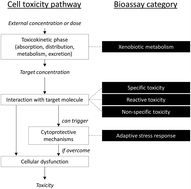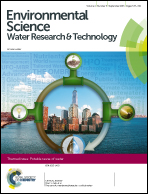Bioanalytical tools: half a century of application for potable reuse
Abstract
In vitro bioassays, more recently referred to as “bioanalytical tools” in an attempt to emphasize their analytical purpose rather than the uncertain relation to adverse health outcomes, are often thought of as novel tools by water stakeholders. They have, however, been used for over half a century in assessment of recycled water quality. Today, millions of chemicals and formulations are available for commercial use and most have a high propensity to enter sewage collection systems. However, traditional health risk assessment methods involving animal testing at high doses and extrapolation to environmental relevant levels are vastly overwhelmed in capacity by the innumerable chemicals and transformation products potentially present in waters. Beyond the sheer number of chemicals, the interactions of these chemicals as complex mixtures is largely unaddressed in traditional regulatory schemes. Moreover, non-human animal models are often misleading due to differences in metabolism and associated pharmacokinetics. Thus, water professionals continue to struggle with ever increasing numbers of chemicals detected at trace levels in water and the potential interactions of these chemicals during mixture exposures. Bioanalytical tools offer a path forward towards more comprehensive chemical evaluations of water, which can provide greater public confidence in the ability of potable reuse schemes to produce clean and safe drinking water.

- This article is part of the themed collection: Potable Reuse of Water

 Please wait while we load your content...
Please wait while we load your content...